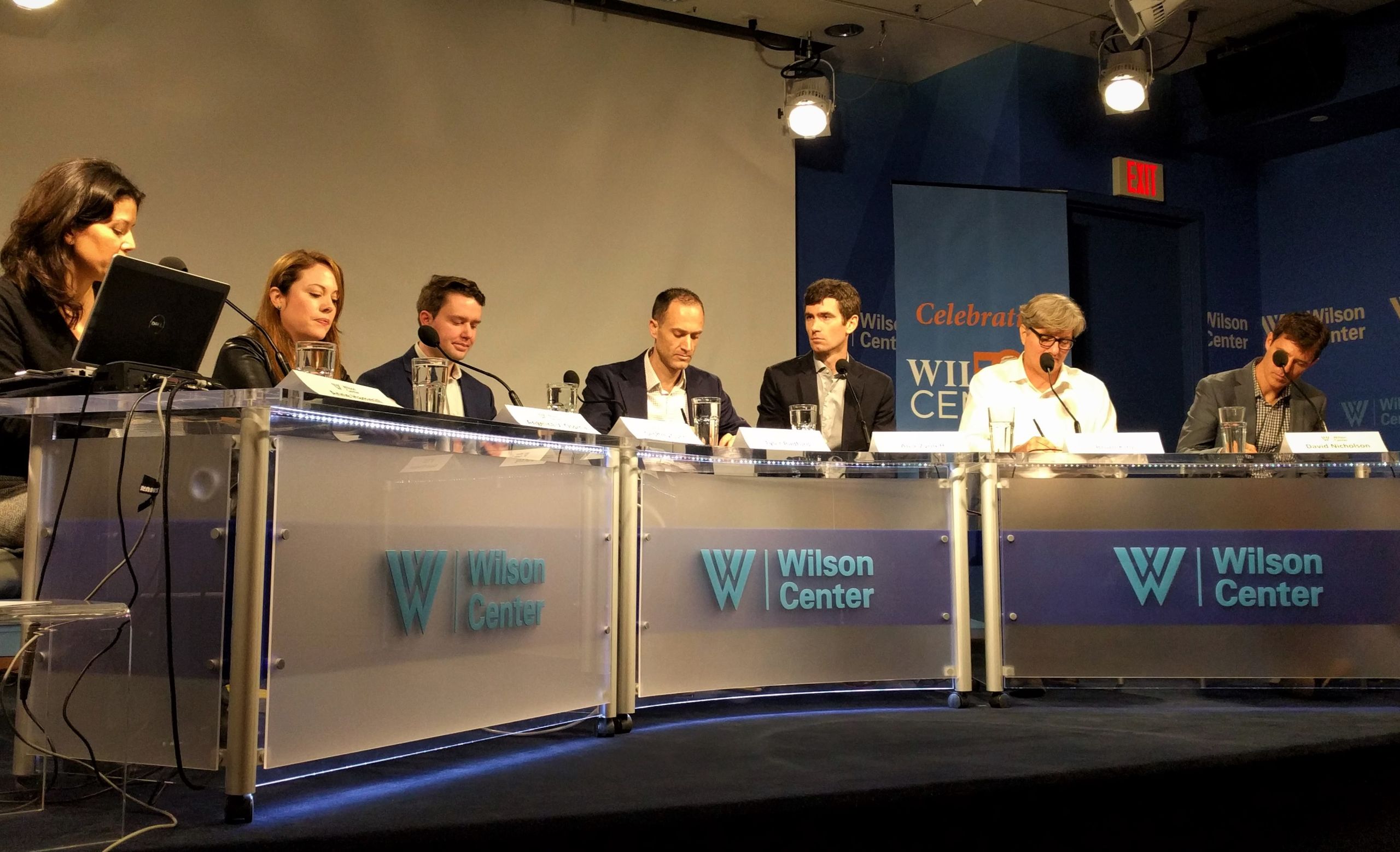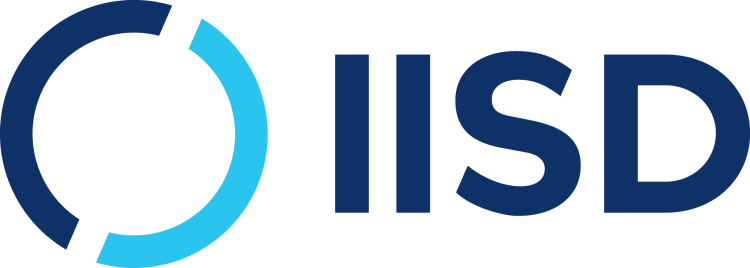Big Data for Resilience
Expert commentary on the role of Big Data in resilience-building processes across the globe

Experiences around the world suggest that Big Data is enabling larger, creative and often socially driven changes involving highly diverse stakeholders. But there is still a lot to learn about the links that exist between Big Data, resilience and the achievement of long-term development goals, and the implications for practitioners, policy-makers and researchers.
Seeking to address this gap, the International Institute for Sustainable Development (IISD) led the development of The Big Data for Resilience (BD4R) Storybook. The publication examines the experiences of six international organizations that are actively using Big Data to strengthen the resilience of vulnerable communities and ecosystems to a variety of shocks and stressors.
The BD4R Storybook was launched at an event hosted by the Wilson Center in Washington, D.C. This article summarizes some of the highlights from these discussions.
Big Data for Resilience: The Analytical Model
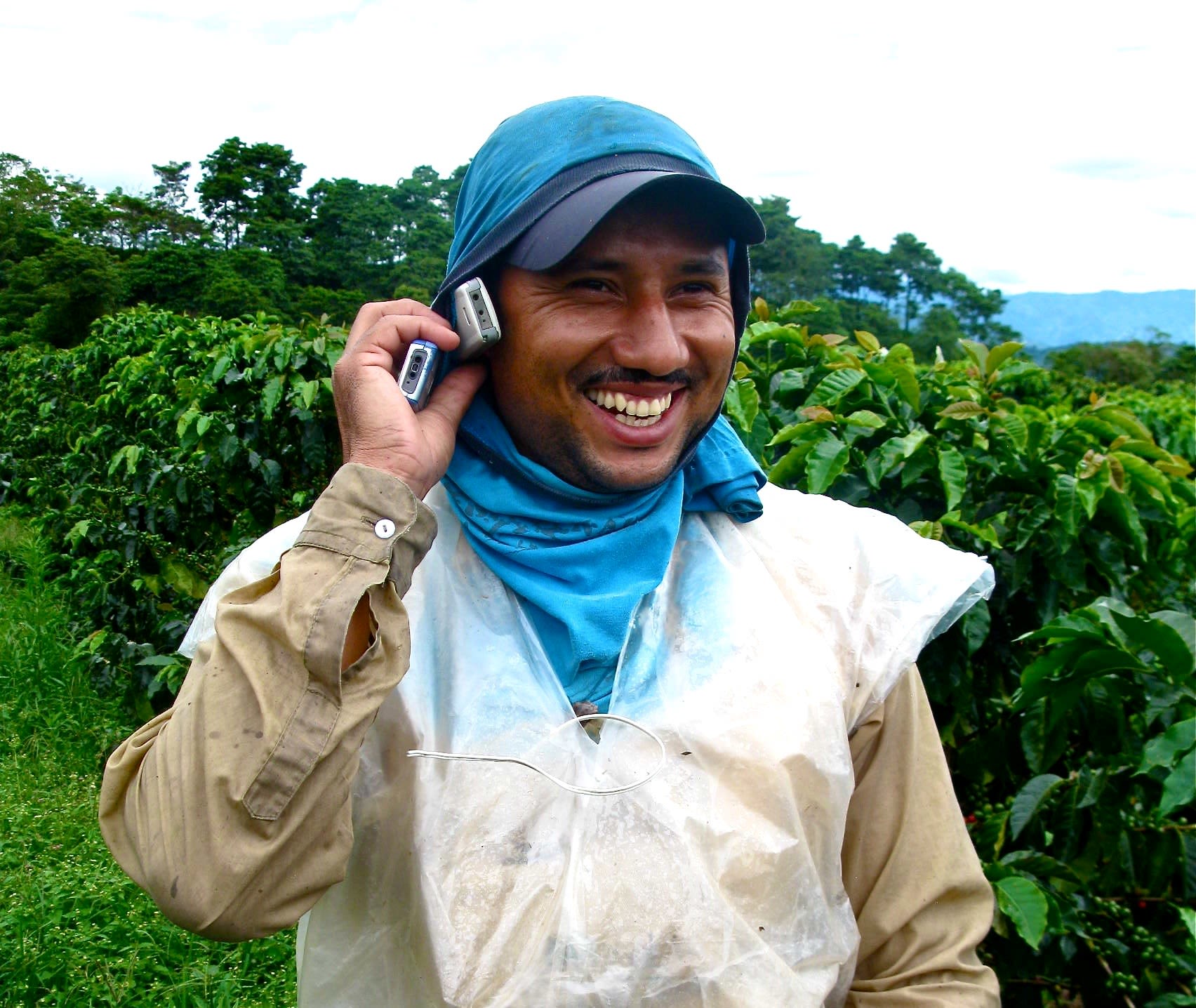
Angelica V. Ospina, IISD
Big Data offers a new angle for development practitioners to observe, analyze and use large-scale evidence related to the impacts of shocks and stressors over time, and inform resilience-building processes. There are three key issues emerging from the experiences featured in the Big Data for Resilience Storybook:
First, Big Data’s potential is not about volume, but about effective use. Big Data provides a new entry point to understanding pathways of change across scales. For example, data collected through social media can provide valuable insights about the interactions between stakeholders at the local, national and international levels. A lot of focus has been placed on data accessibility, but that is only part of the equation. We need to think about the capacity needed to analyze data and to apply that information to decision-making.
Second, Big Data offers both opportunities and challenges for resilience building. There is growing awareness about the risks inherent in working with large volumes of data; about the importance of openness and accessibility; and the need to ensure veracity and quality of data while safeguarding privacy, security and ethical management of the information. Continued knowledge sharing and collaboration across sectors and organizations is crucial.
Third, Big Data’s role in resilience building is not gender or power neutral. We need to better understand issues of power and equity in regards to the use of Big Data, especially in resource-deprived environments. This includes the implementation of monitoring and evaluation (M&E) approaches to measure and learn from its impacts.
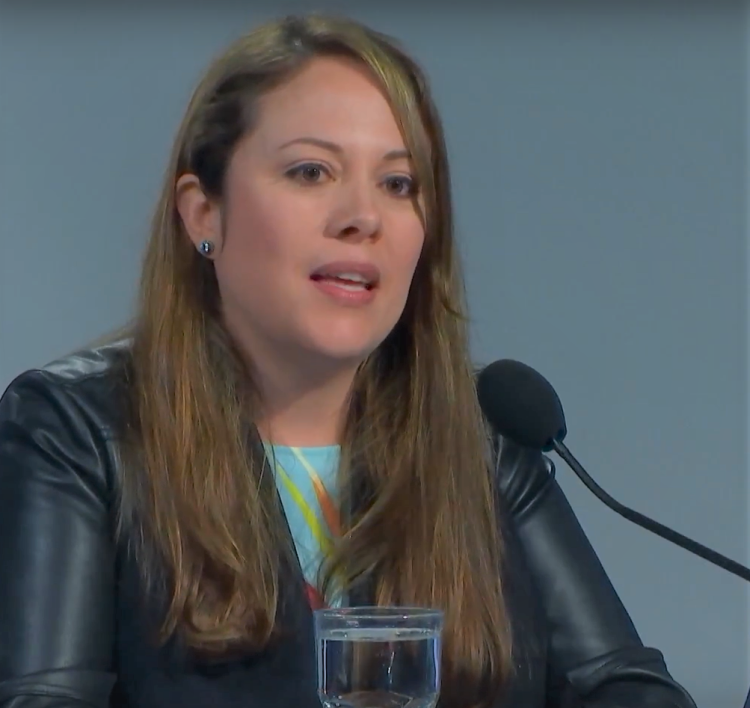
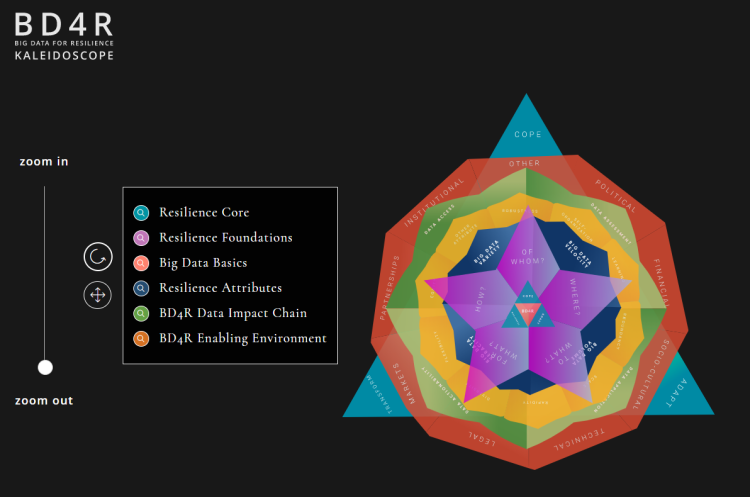
To find out more about the analytical model, explore the Big Data for Resilience Kaleidoscope.
To find out more about the analytical model, explore the Big Data for Resilience Kaleidoscope.
IISD Experimental Lakes Area

Geoffrey Gunn, IISD-ELA
IISD’s Experimental Lakes Area is not only Canada’s freshwater laboratory: it’s the world’s freshwater laboratory. With a network of 58 pristine lakes in northwestern Ontario, the site brings together research on freshwater sciences, ecology, limnology, physical sciences and atmospheric sciences. A large volume of data is continuously collected, reviewed and published in scientific journals.
IISD-ELA scientists place a strong emphasis on manipulation experiments—altering a single variable on a lake while observing similar nearby lakes—and on using long-term data collected over many decades to understand recovery to disturbance and broad impacts of climatic changes. By using a whole-ecosystem approach, data helps us pursue a more holistic and integrated approach to the resilience of freshwater ecosystems.
We are now working closely with communities and policy-makers to inform decision-making processes and influence positive change. But one of the main challenges—and opportunities—posed by the Big Data revolution is the need to participate in a more global, holistic method of science. By making our data more open and accessible we can participate in discussions at the community scale—such as discussing contaminant recovery—or at the global scale, like the global lake darkening experiment. We want to make sure that data helps inform people and that it becomes useful quicker, shortening the pathway from science to policy.


Humanitarian OpenStreetMap Team
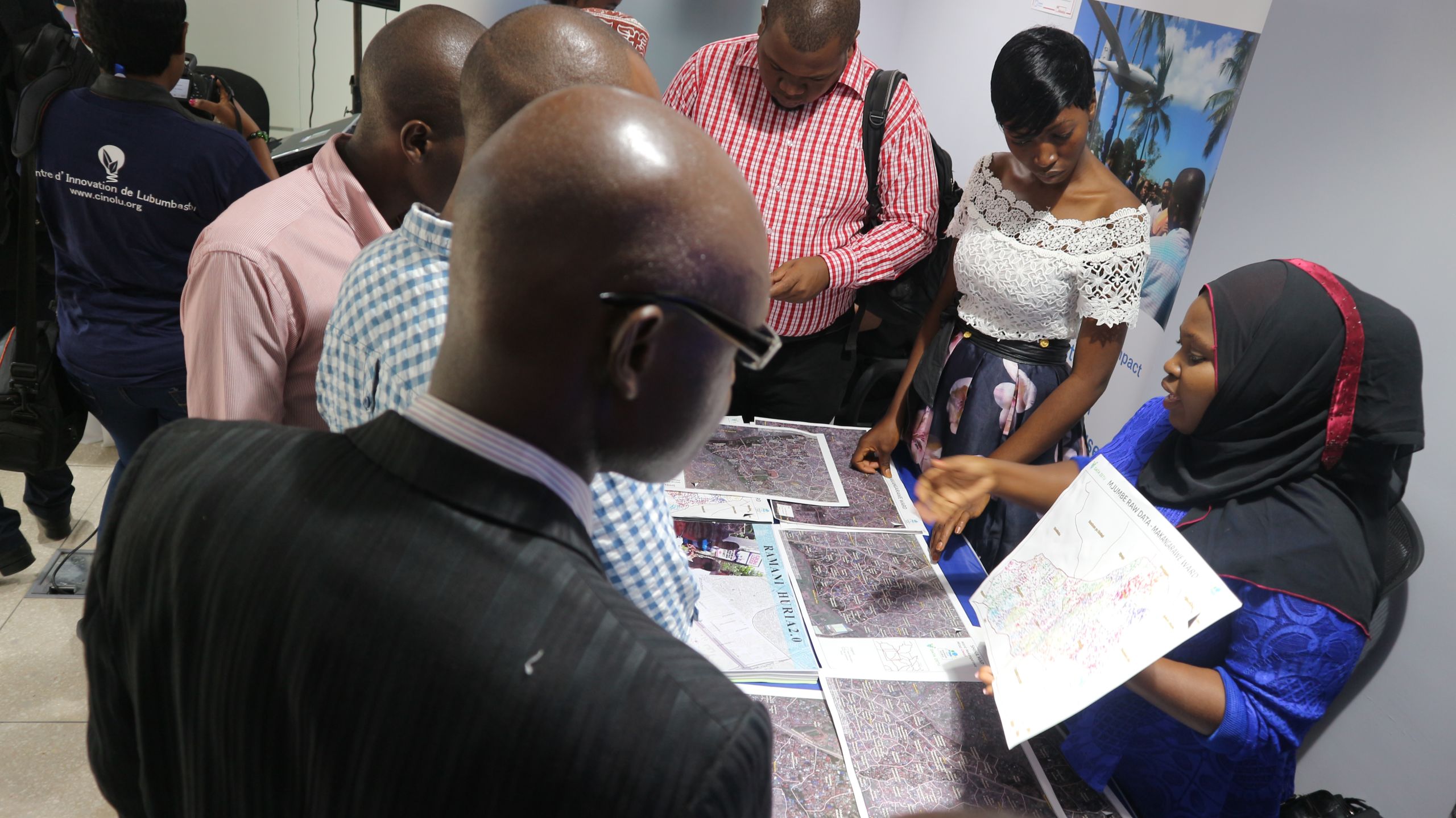
Tyler Radford, Humanitarian OpenStreetMap Team
Cities and urban environments are characterized by an incredible complexity. Dar Es Salaam, Tanzania, has close to 1 million buildings that are home to approximately 6 million people. We have learned that mapping the city and creating a huge data set is not enough to build resilience: we need to ensure that citizens are involved in the process of data collection, and that the data collected is actually used to affect positive change. We work with students, local community members and government officials to raise awareness about how to use the data to inform decisions and respond more effectively to the challenges they are facing, especially in areas prone to flooding.
Understanding areas of risk, as well as the impact of hazards through Big Data, is really a first step in translating data into action. Through programs such as ‘Twaa Mtaro’—or Adopt a Drain—residents are actually using the maps, identifying the areas where there is a blocked drain, ‘adopting’ that drain and being responsible for cleaning it on a periodic basis, which really helps to mitigate the effects of flooding.
Many of the ongoing efforts with Big Data are about making large datasets openly available, in formats that are actionable at the local level. This data can be used for a variety of purposes, from creating better maps, to informing decision making in sectors such as agriculture and water and Many of the ongoing efforts with Big Data are about making large datasets openly available in formats that are actionable at the local level. This data can be used for a variety of purposes, from creating better maps, to informing decision making in sectors such as agriculture and water and sanitation. Further efforts are needed to make these technologies more easily accessible to people everywhere, lowering the barriers to entry both in terms of cost and complexity of use.. Further efforts are needed to make these technologies more easily accessible to people everywhere, lowering the barriers to entry both in terms of cost and complexity of use.
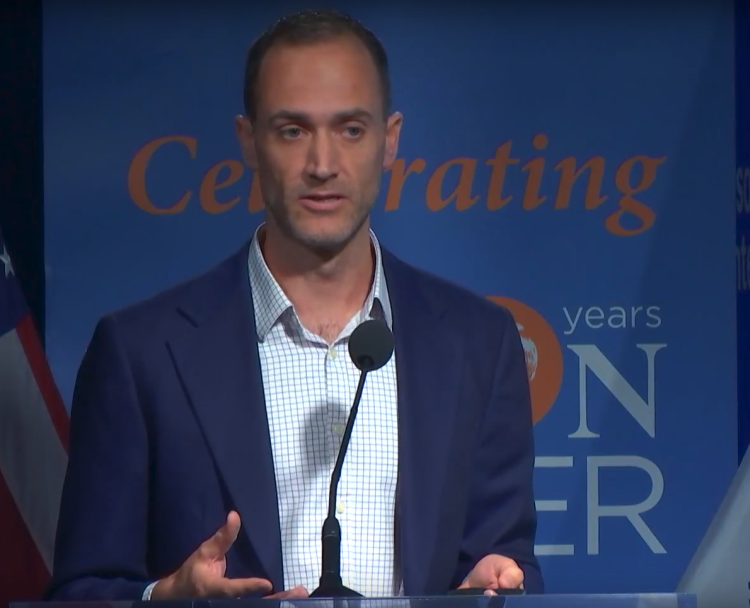
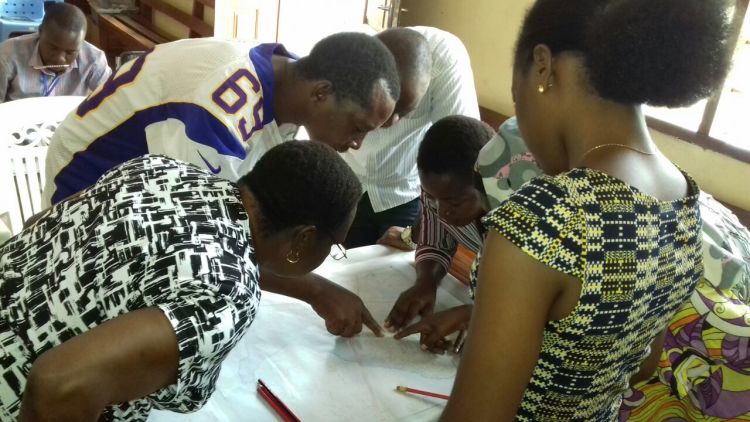
©HumanitarianOpenStreetMap Team
©HumanitarianOpenStreetMap Team
Conservation International
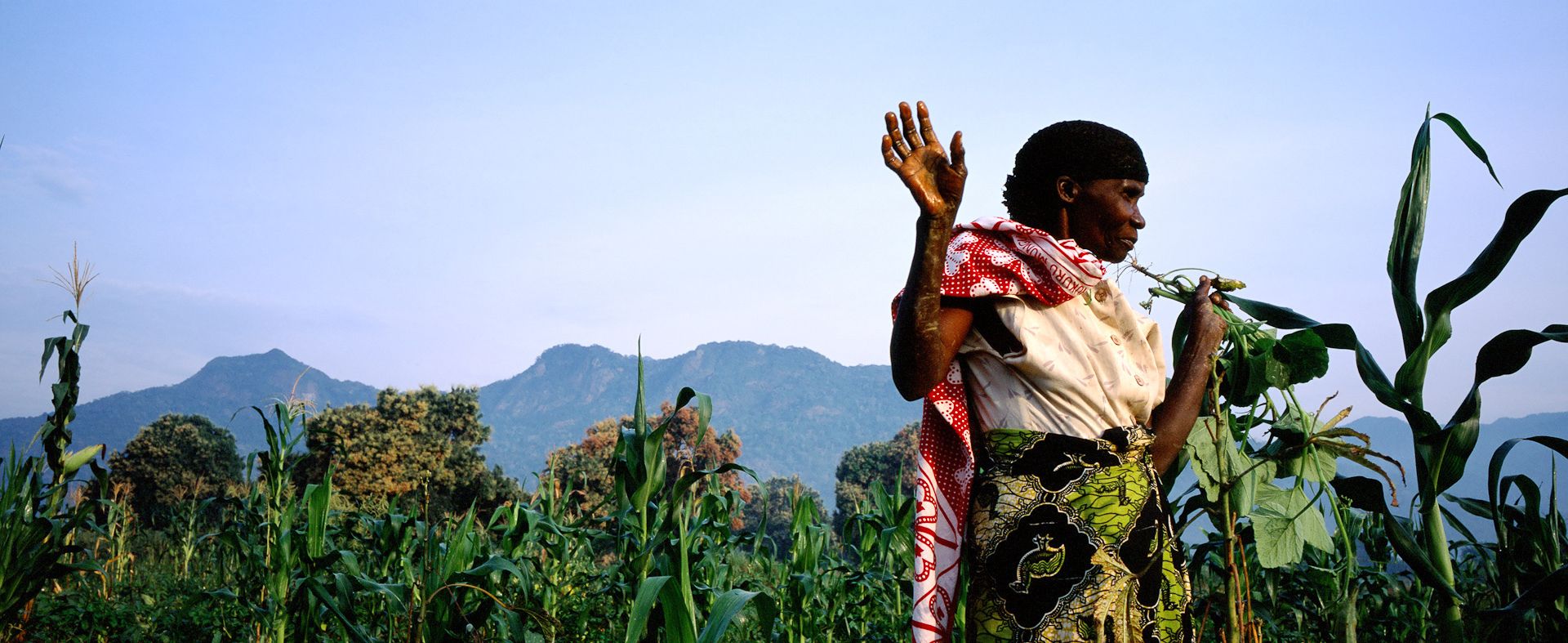
Alex Zvoleff, Conservation International
Food security is an ongoing challenge in many regions, particularly in the areas that we work in at Conservation International. This is combined with many other challenges like climate change, land degradation and degradation of the natural capital that supports local livelihoods.
Data is crucial to addressing these interacting shocks and stresses—but we need to talk not simply about large volumes of data, but about the right data and at the right scale. This includes local-scale data that can have an impact on local livelihoods and local policy, and that is relevant and timely at the scale at which decisions are made.
A key challenge when working with global data sets is trying to make them relevant at national and sub-national scales. That is something we’ve been increasingly focusing on with the Resilience Atlas. We’ve seen a lot of value in connecting global data to locally available information, so users can draw on the best available information and use it to solve a particular problem.
One of the reasons why we have been able to develop these types of tools is the enabling environment provided by open technology and cloud computing. They enable us to integrate and combine data in ways that were never possible before. Another key driver has been Open Data. If data is siloed and is not available, it makes this type of integration much more difficult. Open technologies and open data are key to moving forward this field.
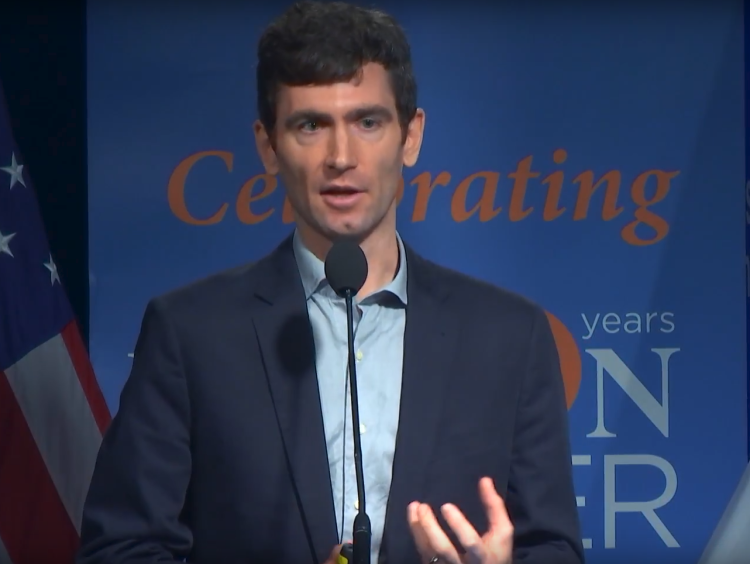
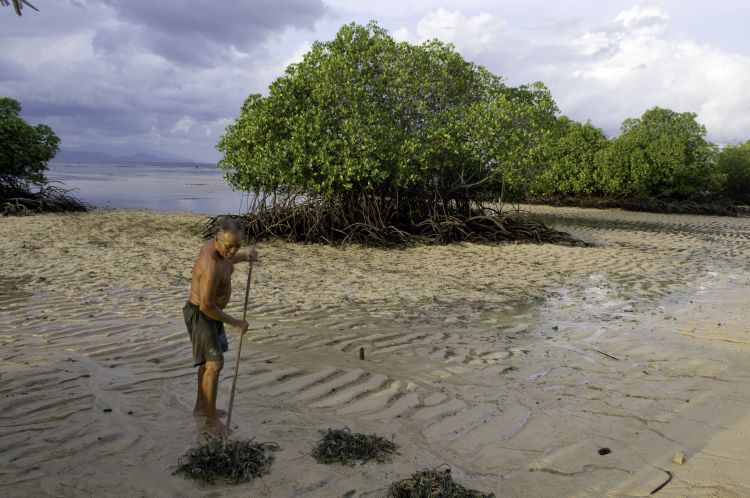
Photo: ©Conservation International
Photo: ©Conservation International
CGIAR Platform for Big Data in Agriculture
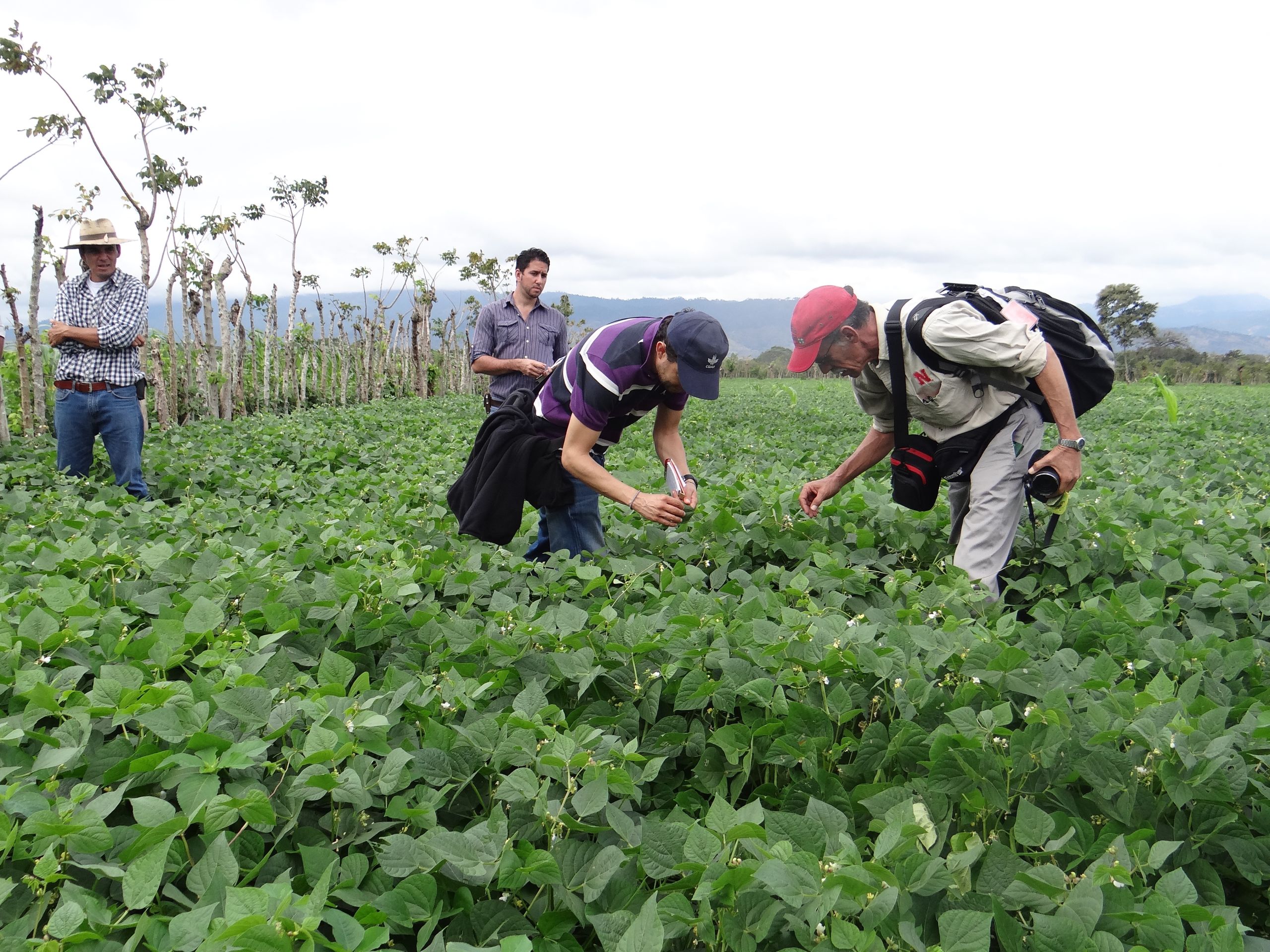
Brian King, CGIAR Platform for Big Data in Agriculture
Just as our agricultural challenges are getting more complicated, we have unprecedented new data-driven tools to deal with them. Methodologies such as machine learning are helping us to fill in data gaps, tease out relationships in large messy data sets, gain new insight into climate change impacts and to predict the right responses.
But analysis is not enough. We need to link these analytic capabilities with results on the ground. Building trust among different stakeholders to unlock the data already held in hard drives around the world is a key first step. The next one is building data systems with end-users, rather than researchers, in mind.
The Platform for Big Data in Agriculture can help turn Big Data’s potential into the scalable, adaptive, living picture of the world that we need to drive adaptative solutions.

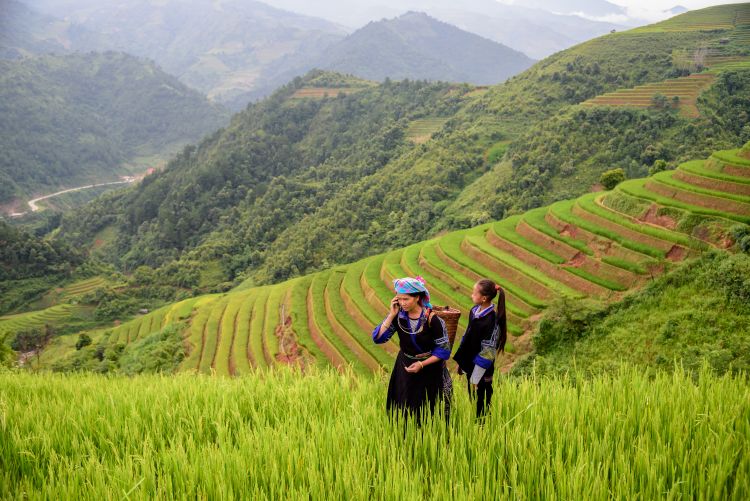
©Consultative Group on International Agricultural Research (CGIAR) CCAFS/CIAT
©Consultative Group on International Agricultural Research (CGIAR) CCAFS/CIAT
Mercy Corps
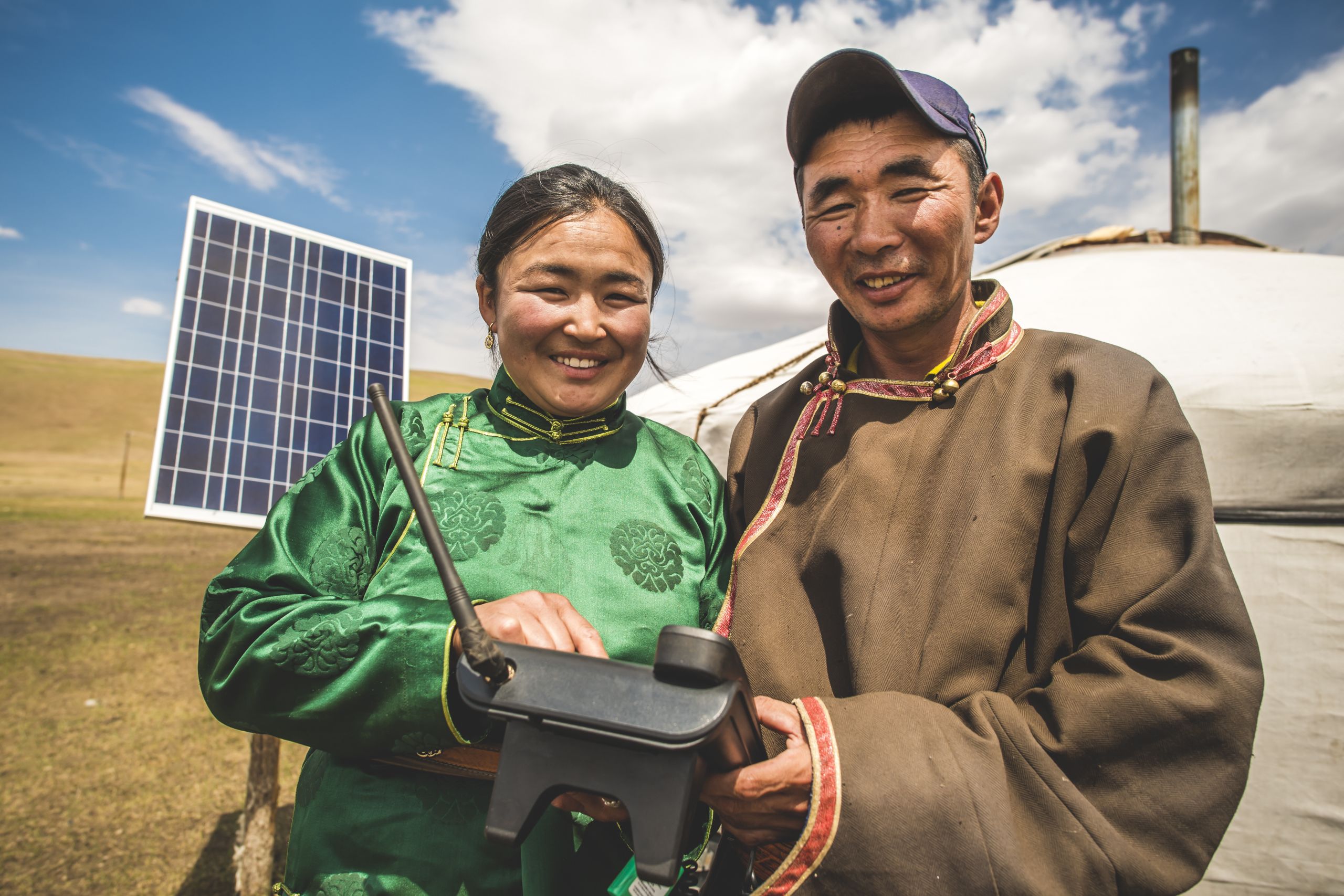
David Nicholson, Mercy Corps
Access to timely, relevant information, at the right scale, is fundamental for resilience building. As humanitarian and development organizations, we need to ensure that this information gets to the right people, at the right time, in such a way that it can build resilience. Big Data provides a huge opportunity for doing that, and we are still just scratching the surface.
Big Data can help vulnerable communities to make risk-informed decisions in a real-time basis, contributing to their coping and adaptive capacities. It can also strengthen transformative capacity by helping emergency response systems to understand what is happening in different parts of the country on a real-time basis and to plan for recovery, which is key in high-risk environments.
We need to work with local stakeholders to build the technical capacity needed to manage and continuously enhance Big Data, and most importantly, to ensure that data is actually acted upon. Accessing information is an important step, but we need to make sure that systems are in place for people to be able to make decisions, and to respond to the information in a way that enhances their livelihoods. Mercy Corps has been exploring how to use data to improve our own decision making, and how to advance the capacity of key decision makers in vulnerable contexts—whether it is households, local governments or institutions—to support local resilience-building efforts.
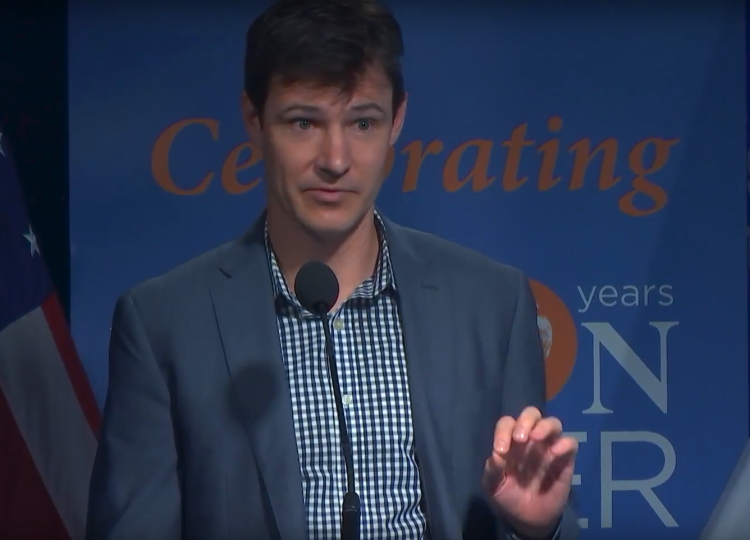
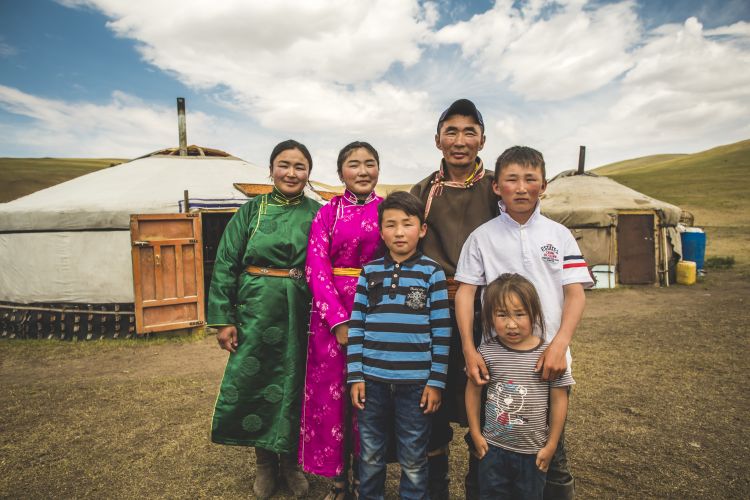
Photo: ©Mercy Corps
Photo: ©Mercy Corps
Watch the webcast recap via the Wilson Center's Environmental Change and Security Program
Read more about Big Data for resilience
Join the conversation: #BigDataForResilience
